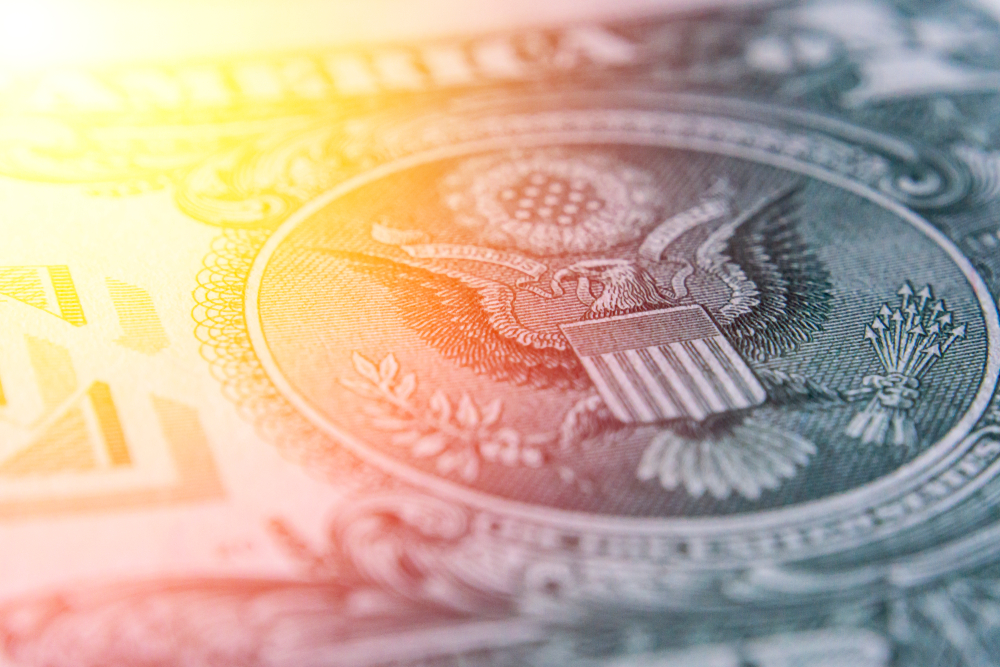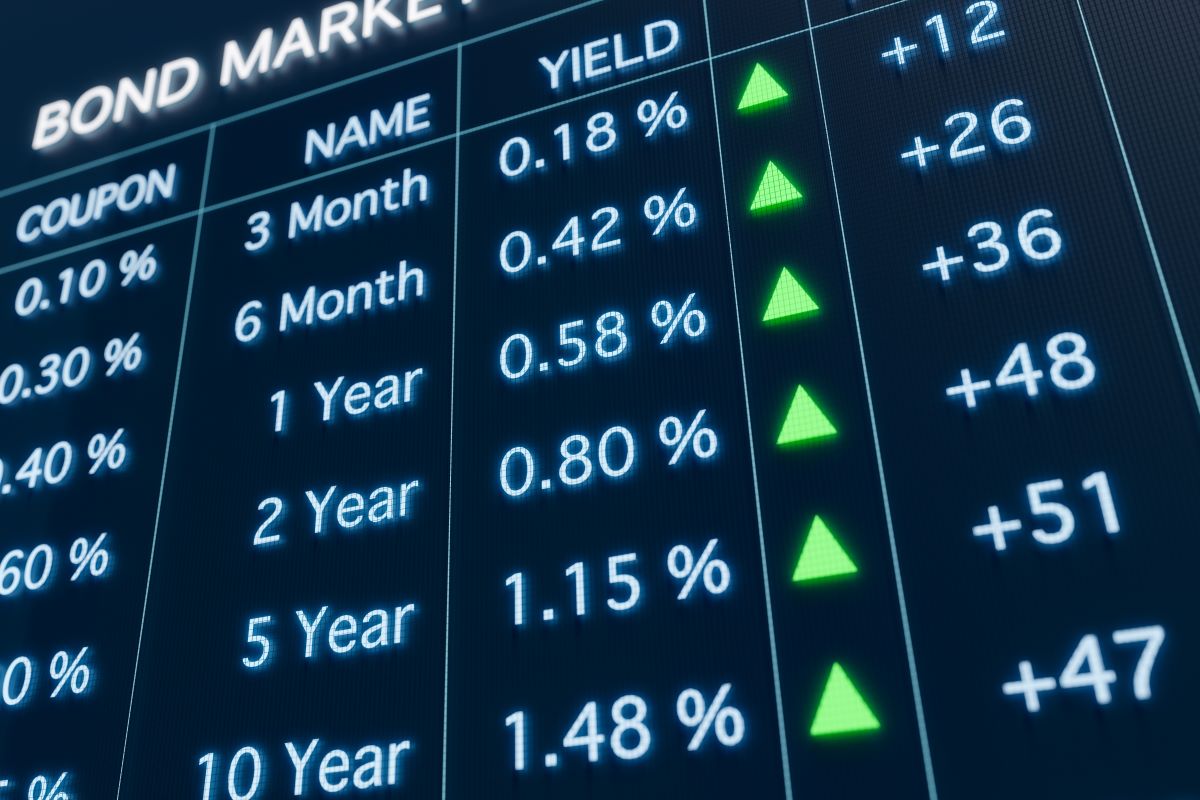While bonds have taken a hit in 2022, US high yield bonds are now looking attractive as central banks are aggressively tightening monetary policy to battle inflation. Although slowing growth reduces the creditworthiness of corporates, income-seeking investors should embrace the high-yield corporate bond sector, says AllianceBernstein in an insights post.
The investment management firm lists three reasons why it thinks high-yield bonds are attractive. Firstly, AllianceBernstein says the pandemic forced companies to manage their balance sheets and liquidity conservatively, thus allowing them to have relative fundamental strength even during tightening credit conditions and slow demand.
Separately, defaults peaked during the pandemic and the weakest companies are no longer part of the investable universe, with the surviving firms emerging as strong investment opportunities.
Secondly, bond maturities have extended since the start of the pandemic, slowing the impact of higher yields on companies. “Even if we assume that yields continue to rise and remain high for the next four years, coupon rates won’t return to pre-Covid levels north of 6% until January 2026,” writes Will Smith, Director of US high yield at AllianceBernstein.
Lastly, the asset management firm sees high-yield bonds having valuations which are quite compelling due to yields and spread at multi-year highs.
“High yield is among the most resilient asset classes and tends to rebound quickly after downturns, thanks to its consistent, high income,” says AllianceBernstein.
Rebound in high yield bonds
Rising Treasury yields and a widening high yield bond corporate credit spread have hit investors hard. While the economic outlook for the US remains bleak, AXA Investment Managers see attractive opportunities in US high yield with chances of positive total returns over the next years.
AXA says that the main risk with high-yield bonds is the potential default, but a diversified exposure to the asset class can deliver positive returns over time. “There is a risk that yields go higher again in the months ahead, given the potential for a deterioration in the US economic environment but we believe the outlook is improving,” says Chris Iggo, CIO of AXA IM Core.
The investment management firm says that high-yield bonds have higher spreads, which have widened during periods of market stress. Analysis by AXA found that ‘when the yield-to-worst has been above the end-July 2022 level of 7.67%, the subsequent 12-month total return has been positive 79% of the time.’
The asset manager goes on to talk about potential defaults and says that the market is cheap from a default valuation perspective. Separately, AXA believes that there is less downside risk to high yield returns compared to equities and that US high yield market is providing opportunities based on historical above-average returns that had a similar macro environment.
Read more

T. Rowe Price
Why US Treasuries may no longer be a safe haven
US Treasuries recent performance has fallen short of expectations.

Candriam
The euro bond market is back in focus
Rising yields and shifting fiscal dynamics are bringing the euro bond market back into focus.

Lombard Odier
EM equities – potential opportunities amid challenges
EM equities face renewed pressure amid US trade policy shifts, slowing growth, and investor outflows.

US Markets
100 days of Donald Trump
The first 100 days of Donald Trump’s second term have shaken markets. Asset managers weigh in on US equities, bonds, and the dollar.





















